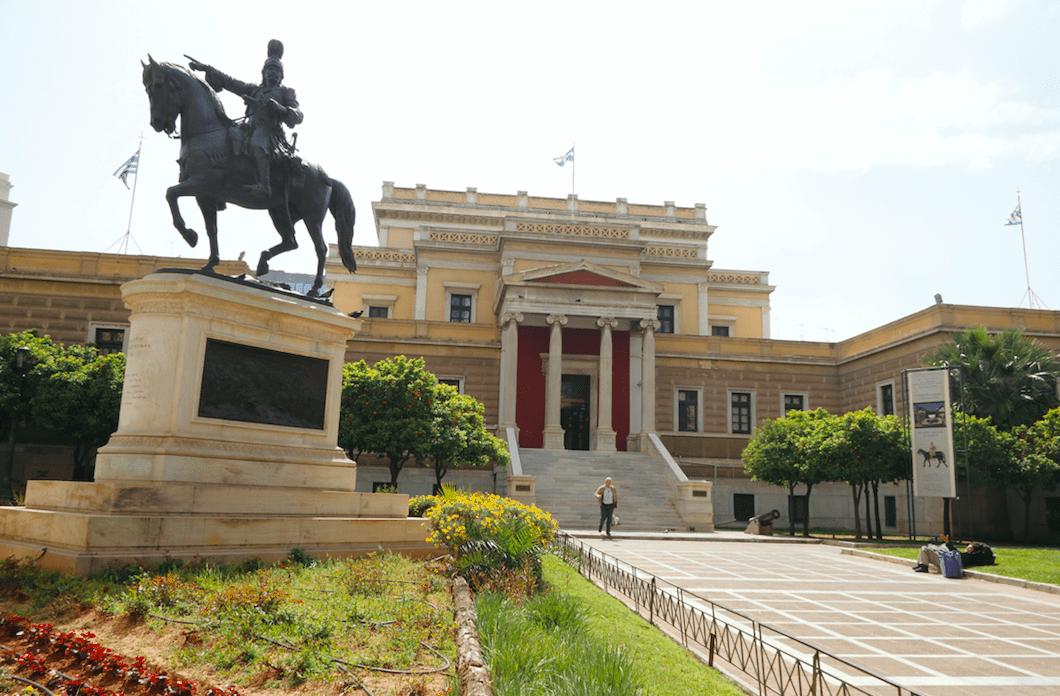Aspects and relics from the Greek War of Independence bring to “life” before the eyes of its visitors the most historic moments of modern Greece. The National Historical Museum, indissolubly linked to the modern course of the country, was organised by the Historical and Ethnological Society of Greece on March 25, 1884, while the first exhibition entitled “Monuments of the Sacred Struggle” was presented at the premises of the National Technical University of Athens.
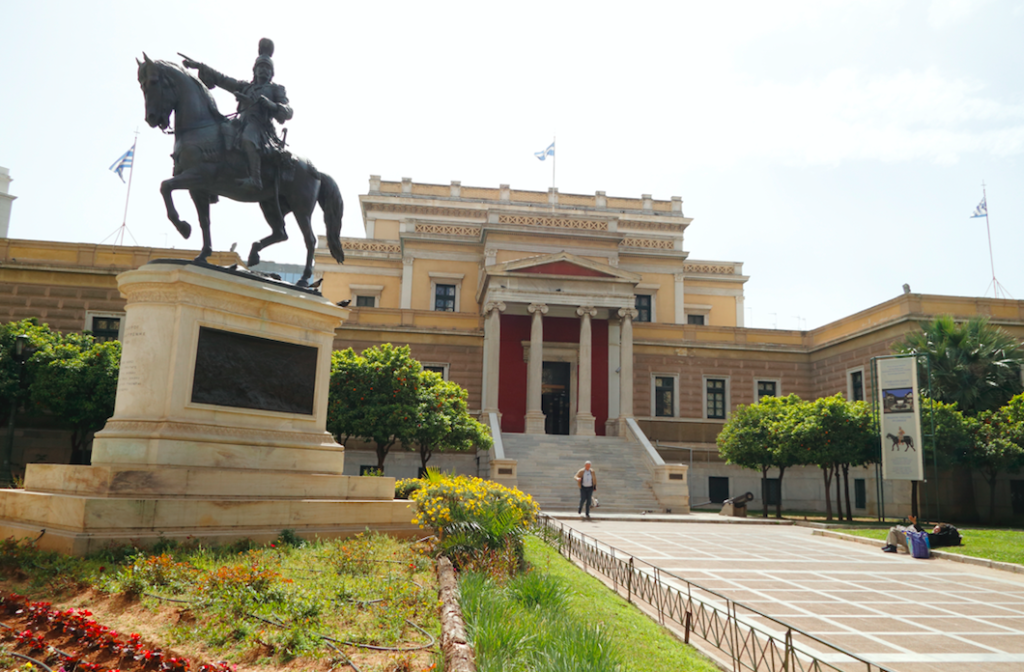
Long firearms (known as kariofilia), pistols, curved swords (yatagan), cartridges, axes, belts (selachi), as well as various accessories such as moulds to cast bullets, pouches for the gunpowder, metal drinking bowls and charms along with hundreds of personal items of the revolutionaries arouse the imagination of the visitors “travelling” them to legendary battles.
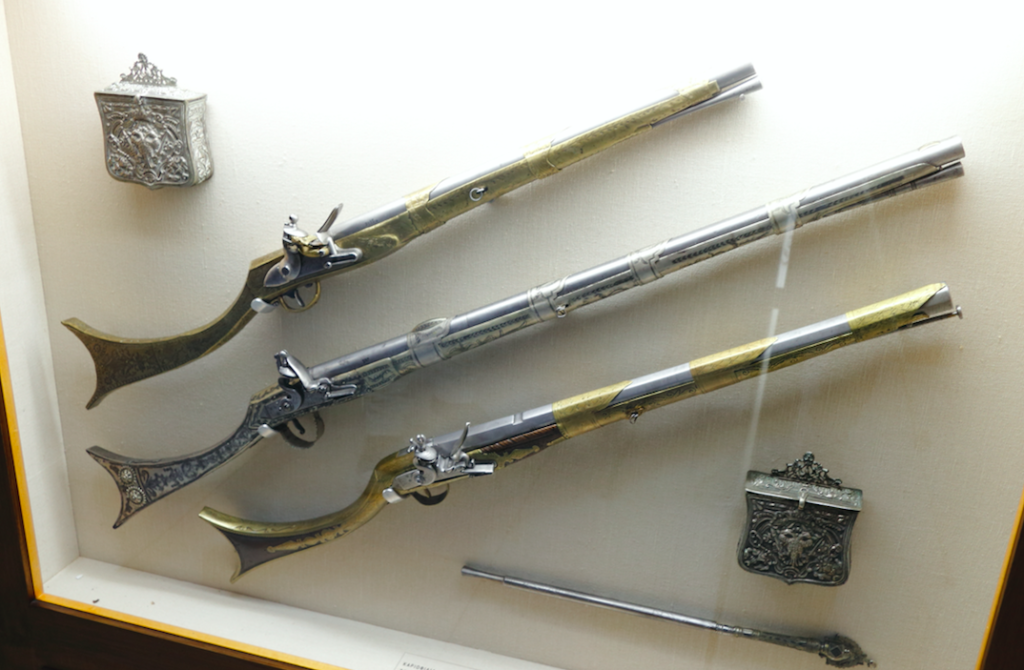
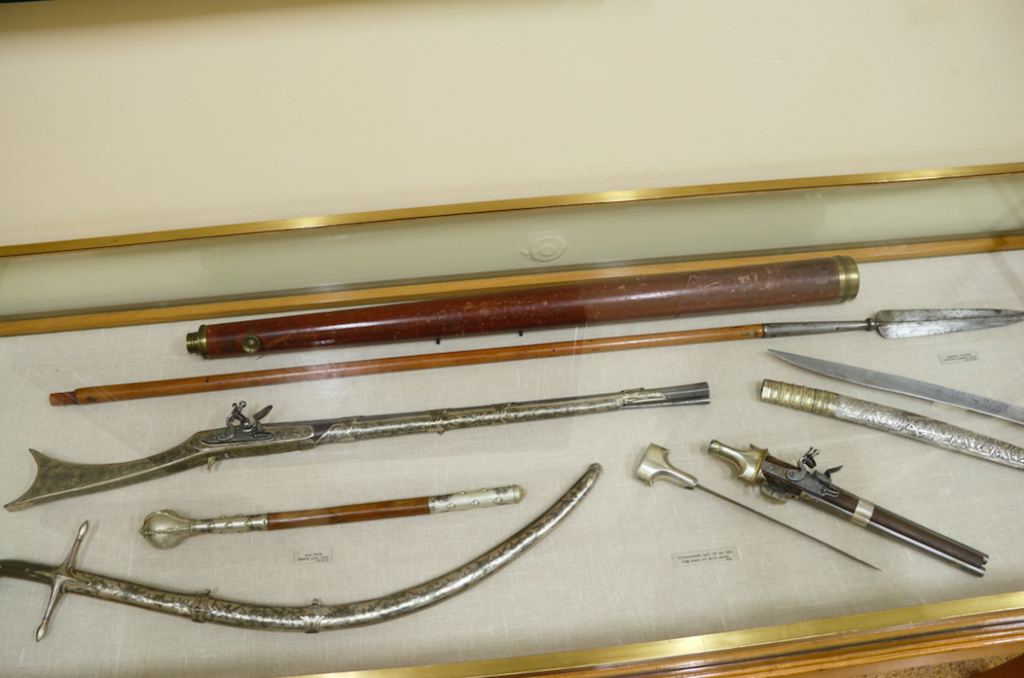
The walls are decorated with portraits of the most important fighters of the national struggle.
Among them, the portraits of Athanasios Diakos, Georgios Karaiskakis and Theodoros Kolokotronis give the visitors a sense of awe, as if their frozen gazes on the canvas constantly observes the course of present-day Greece.
Every step in the corridors and the exhibition rooms of the Museum (within the Old Parliament in central Athens) marks a step in the modern history of Hellenism.
From the very last moments of the Byzantine Empire, the rise of the enslaved Greeks 400 years later, to the establishment of the modern Greek state, the Museum uniquely narrates the most significant events.
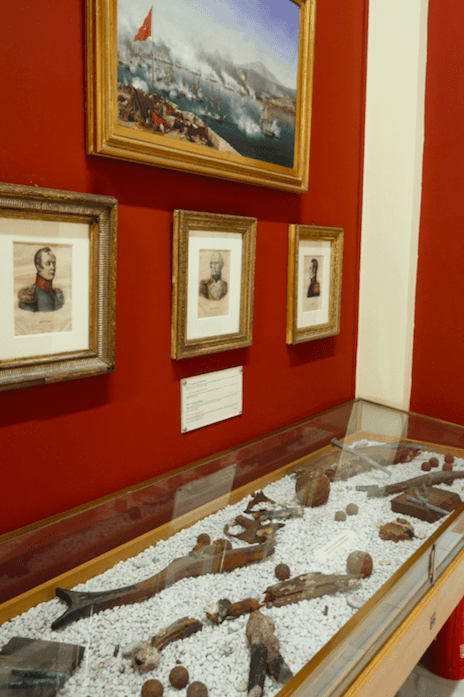

In-Room 3 visitors get to see the Phanariots, an aristocratic class deriving its name from the Fener district of Constantinople, who used their political and economic prowess to act as protectors of the Orthodox Christians as well as the first battles of Lambros Katsonis against the Ottoman fleet in the late 18th century.
In the same room one can see the Charter of Rigas Ferraios, the monumental work of the Hellenic Enlightenment and cartography, as well as the office of the “Teacher of the Nation” Adamantios Korais and the uniform of the Sacred Band officer of Alexandros Ypsilantis, also a leading member of the so-called Philiki Etaireia, a secret organisation aiming to overthrow the Ottoman rule and establish an independent Greek state.
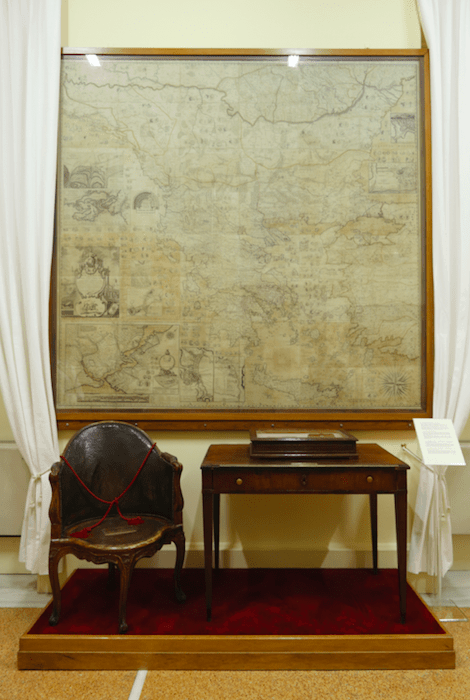
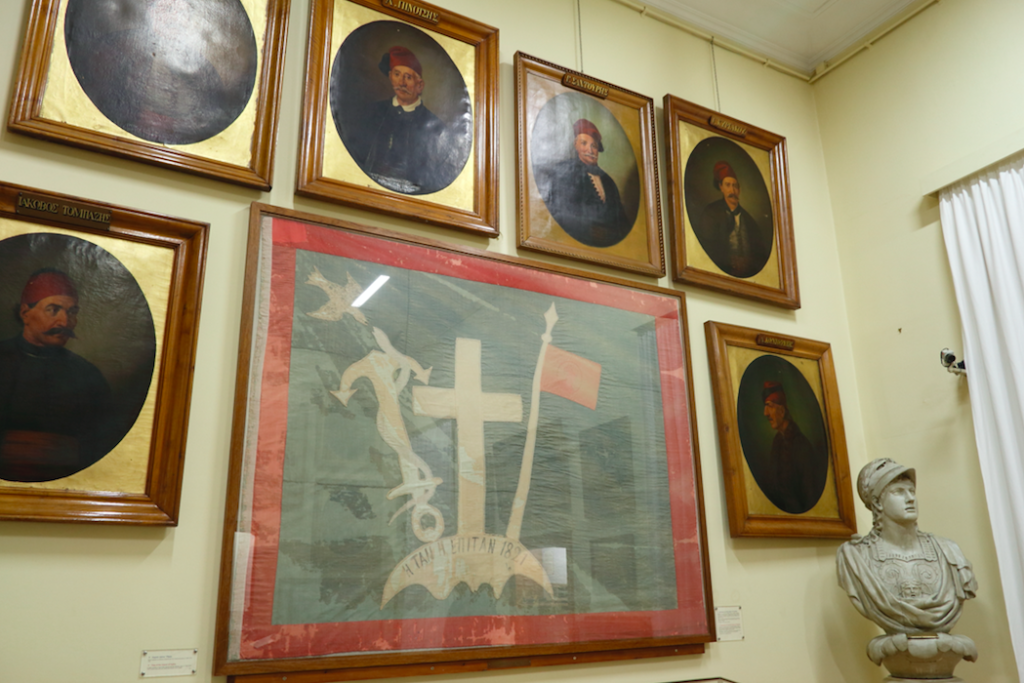

In Rooms 4 and 5 there are portraits of Souliotes and Roumeliotes fighters, the revolutionary flags of Laconia and Cyprus, weapons and swords of renowned chieftains and spoils from the first battles.
Greek scholars in the West from the downfall of the Byzantine Empire to the Revolution are introduced in Corridor 6, while Corridor 7 is dominated by the heroic exodus of Messologi on the night of April 10, 1826, as depicted by painter Theodoros Vryzakis in 1853 as well as the most important naval battle of the Revolution, that of Navarino, on October 1827.
In Corridor 8 the visitors are introduced to great Philhellenes who influenced positively and effectively the struggle of the Greeks for national independence, such as Lord Byron. A list of each one of them is placed in the Museum under the inscription “Gracious Greece”.
The National Historical Museum is permanently housed in the Old Parliament Building at Stadiou Street (Kolokotronis square) since 1960 and along with the permanent exhibitions narrating Greece’s history from the downfall of the Byzantine Empire up to the present day, it also hosts numerous temporary exhibitions.
See the Website https://www.nhmuseum.gr/
by Aggelos Skordas

